Our 3rd annual Queer Mvmnt Fest is here! This year we are highlighting connection, past and present, to uplift queer lineage and community. Celebrating, learning from and growing with out 2SLGBTQIA+ community is vital to our collective (R)evolution. We are so excited to introduce you to some of our artists and their projects for this years QMF!
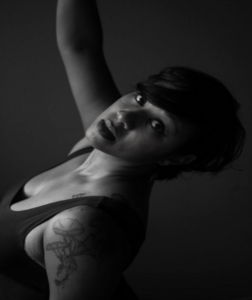 Lavina Rich (she/her)
Lavina Rich (she/her)
1. Tell us about your history with dance, performance, and art practice. How has it influenced your voice as an artist?
I did not grow up dancing- I actually started in college to fulfill a PE requirement! I think because of that- I have always felt like I’ve been playing catch up to many of my peers. I always loved being onstage and performing for an audience. Everything changed though when I was encouraged to start making dances. I found that is where my passion and strength really lie. I just love telling stories. I love retelling other people’s stories. As I get older, I am finding that this is becoming more important- telling and sharing human experiences. I truly cherish every opportunity I get to share anything with the community.
2. Can you tell us about your piece for this year’s QMF? (We’d love it if you could highlight some of the research you’ve gathered about the AIDS epidemic and how the community supported each other).
I love history. I think it is so important to know and understand history and the experiences of people that came before us. I was watching TV and saw a commercial for PReP and it made me reflect a lot. I vividly remember as a young child hearing about the AIDS epidemic. I remember when it was a death sentence. I remember the stigma and shame that so many suffered. As I got older, I started to understand the social and political history of the epidemic. How many amazing minds and hearts did we lose? It is haunting to listen to people from that time who literally lost their entire social circle and family to the disease. We know those stories. We grieve for those stories. No one knew anything about the disease at the beginning. Everyone was scared. This includes those in the healthcare and social work field (including those that tirelessly did research).You don’t hear a lot about them. In doing my research- I found that many of these people that did not walk away and faced the unknown fear of AIDS and cared for these patients were queer nurses and doctors. They stayed at the bedsides and held people’s hands when no one else would. they couldn’t save these people- but they could help them die with dignity. Digging a little deeper, I found a local group of lesbian women in San Diego that formed Blood Drives to help AIDS patients. I was amazed at the organization and the empathy these and other women showed for their community. Really, the lesbian and gay community were still pretty segregated and dealing with their own issues. The AIDS epidemic really pushed many queer and lesbian women to the forefront in organizing politically, socially, into leadership roles within the community. A new sense of solidarity was forming.
I think it is so important that we never forget this time in history. AIDS is no longer a death sentence, it doesn’t carry the weight of the stigma it used to. I feel it is important to honor those we lost- but also acknowledge those courageous individuals that sacrificed and stepped up and held the community together. You are all heroes.
3. What are your hopes and dreams for the future dance scene in San Diego and beyond?
I hope the San Diego dance scene continues to grow and deeper more meaningful relationships are formed. I hope that people feel welcomed and included in all aspects of the dance scene- from artist to audience member. With this genre pretty much at the mercy of the economy- we need to be able to pool resources and rely on each other to continue to provide art to the community. That starts with relationship forming. That starts with opening the door even wider so that all can contribute. I have to believe that this is a possibility in San Diego. Or else, why?
Follow Lavina on Instagram @knerdgirl @pushprocessmvnt
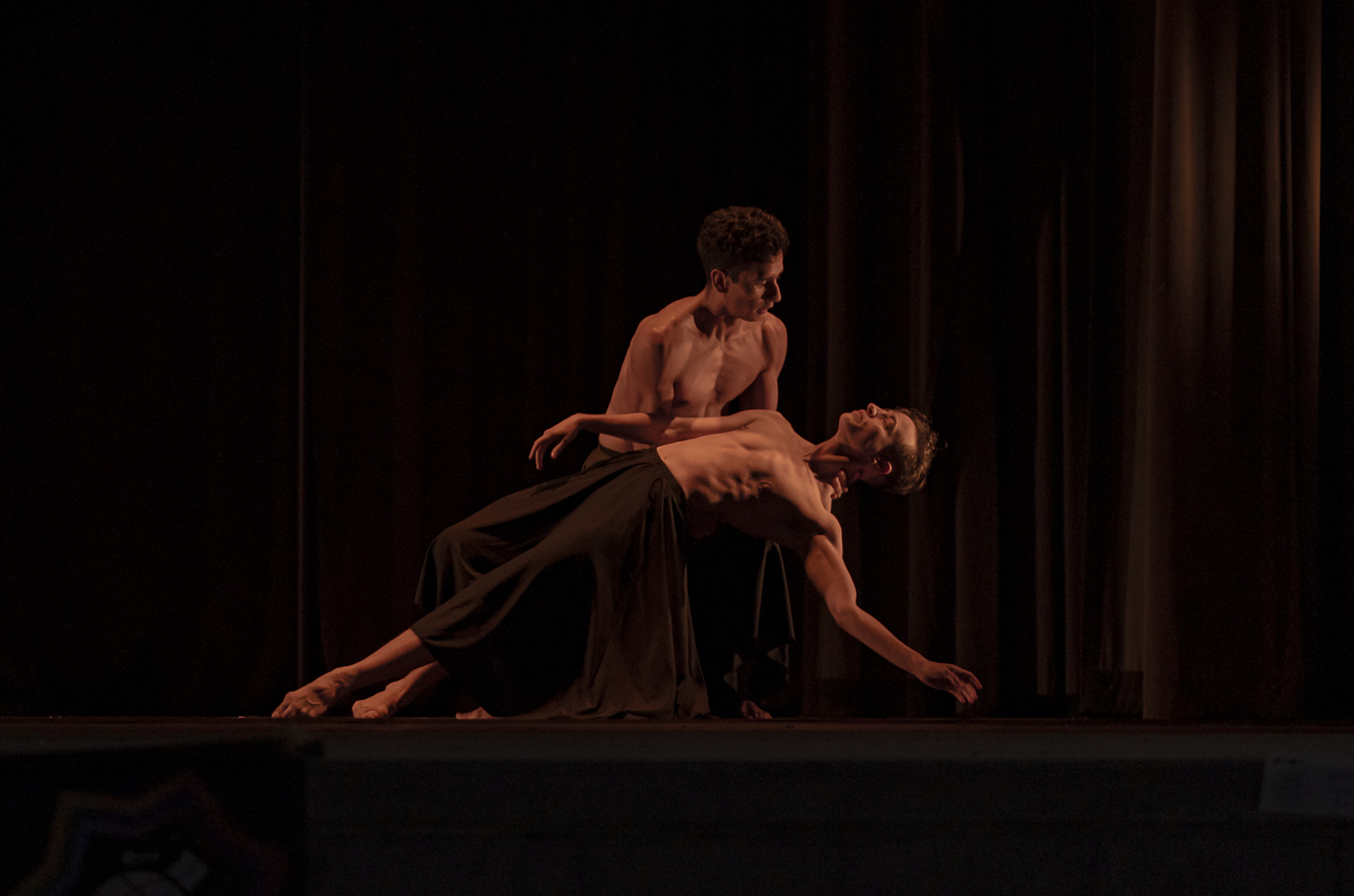
Sam Arrow (they/them)
1.Tell us about your history with dance, performance, film, and art practice. How has it influenced your voice as an artist?
I began dancing at age 8 in Yuma AZ, where we had 3 dance studios at the time and I danced at all of them. I then attended the U of A Dance program, where I earned my BFA in Dance. I had a pretty typical trajectory in dance education from studio to college and then performing, until I had a moment of reckoning.
I had never truly felt at home or in my body while dancing from childhood till my 30s, even though I felt compelled to dance. After years of self discovery and self invention, I now realize it was because I was striving for ideals that as a Trans person, were never meant for me.
As I grew to understand myself, I found I must move as a representation of my experience and who I am in that moment. I use dance, film and performance to document and process my journey and to connect with others.
The work I will present this year is a duet I created out of the desire to see myself reflected in dance and because I wanted to bring something beautiful and intimate to Queer people so they can say that dance can describe their emotions and relationships.
While I have found venues for my work, QMF is very special to me. Here I get to perform for our community and for the people my work was created for.
2. What has your process been like in sharing your transition via 2 films (shown QMF yr 1 and QMF yr) and now sharing your live performance with the DISCO RIOT community?
I feel completely in awe and very grateful that other artists and audiences enjoy my work and my personal journey. The film from last year was prior to my top surgery and at the beginning of my hormonal transition. It was at a time when I took a huge leap of faith, that the decisions I was making would bring me closer to myself. Now I have the opportunity to dance in the body I have customized for myself, moving in a way that feels good and I couldn’t ask for much more as an artist. Except maybe more opportunities to do more of it.
3. Can you tell us a bit about [nueBOX]?
[nueBOX] is a nonprofit organization in Phoenix AZ that supports performance artists through residencies, classes and performance opportunities. We are run by a diverse group of volunteers who want to see the arts thrive in Phoenix. Our organization values process over product and encourages artist to push the boundaries of their art. Bring us your weird, uncensored selves!
4. We’d love to hear about your physical therapy practice, anything you’d like to share with us about your journey with this?
I founded Arrow Physical Therapy after working for major corporations and being frustrated with limitations on the type of care I wanted to provide and working in environments that did not support queer therapists or patients. I have created a space that prioritizes Queer people, that is sex and body positive, trauma informed and gender affirming. My practice focuses on pelvic health and I see a wide range of issues including pre/post op gender affirming surgeries, pelvic pain, pelvic organ prolapse, incontinence, constipation, and connective tissue disorders to name a few. To improve accessibility to care, I created a program called Phoenix Trans Physical Therapy so that Trans, Intersex, Nonbinary and Gender Expansive individuals can get the care they need at a reduced cost.
Follow Sam on Instagram @samand___
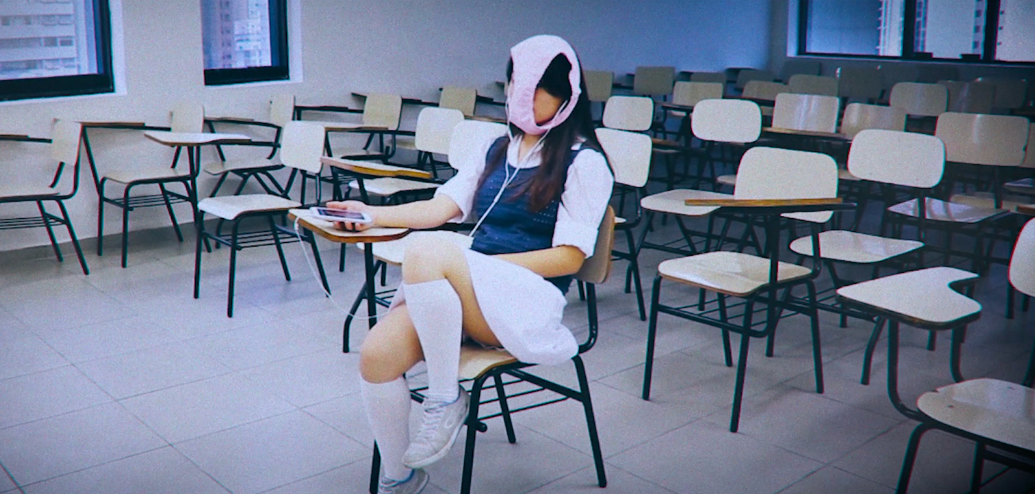
Douglas Picelli (dodo) (they/them)
1.Tell us about your history with dance, performance, and/or your film and art practice. How has it influenced your voice as an artist?
I’ve always loved dreams, I saw images in movements that are aimless and unbridled, in childhood I always imagined different worlds within my solitude (I’m an only child) so art has always been present through drawing, cinema and video games, dance in particular
enters the middle of these performative or experimental movements to which I consume and influence myself to build a scene, a or photograph.
2. Can you tell us about your piece for this year’s QMF?
“Kaopan” arose from a moment of deep emptiness in which I wanted to transcend the inner search and externalize through metalanguage and movement through movements and repetitions. Is it a slight daydream or an externalization that has caused this?
3. What are your hopes and dreams for the future dance scene in San Diego and beyond?
I believe that the future will be increasingly transcendental, experimental, with breaking barriers, paradigms and styles.
4. Anything else you’d like us to share about your or your art with the DISCO RIOT community?
My short film is very special for its imagery and artistic construction, it brings these elements of solitude, interiorization, reverie, movement and repetition, in a simple passage of search for authenticity and expression.
See more of Dodo’s work at www.douglaspicelli.com and on Instagram @douglaspicelli
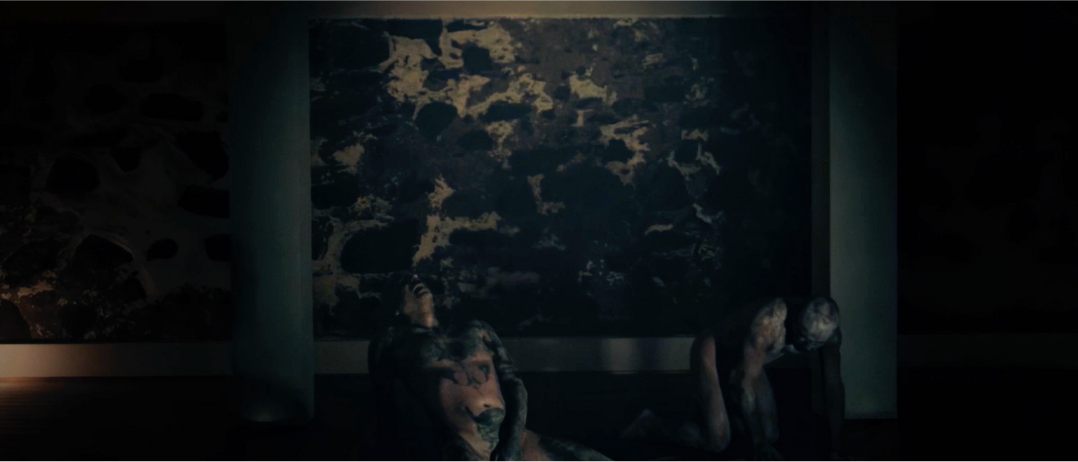
Domiziano Cristopharo (he/him)
1. Tell us about your history with dance, performance, and/or your film and art practice. How has it influenced your voice as an artist?
I was very young when I had the chance to see DARK by Carolyn Carlson. This changed my life… I was already working n stage as singer and actor but then i said to myself: THIS is what I want to do in life.
So, at the age of 20 I studied also with Masaki Iwana (considered one of the greatest Butoh performers in Japan and the world, and one of the few masters who maintained the original spirit of Butoh) and… here we are!
2. Can you tell us about your piece for this year’s QMF?
This piece traces its roots and motivations back to the Ankoku-Butō movement active in Japan in the 1950s, mixing them with contemporary and experimental theater, resulting in a performance that create a veritable chain of visual and moody metamorphosis.
3. What are your hopes and dreams for the future dance scene in San Diego and beyond?
I Visited San Diego in 2009, was an amazing discovery for me. The sense of art was really present and I’m happy to see that years after years that city confirm to be an active cultural reference in USA
4. Anything else you’d like us to share about you or your art with the DISCO RIOT community?
I’m actually preparing a new performance inspired by the Japanese YOKAI stories.
See more of Domiziano’s work https://materiaprimateatro.wixsite.com/materiaprima
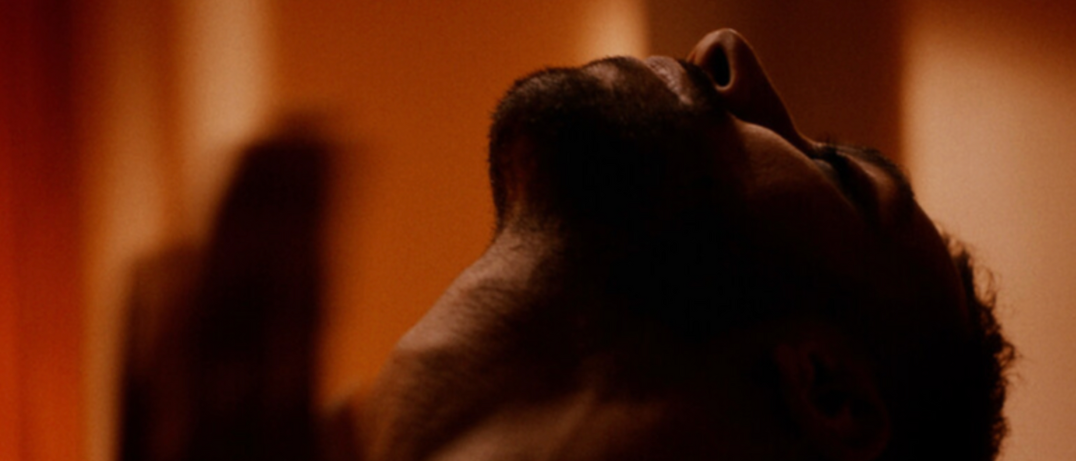
Julien Cadieux (he/him)
1. Tell us about your history with dance, performance, and/or your film and art practice. How has it influenced your voice as an artist?
As a kid, my main physical activity was dance. My aunt had a dance school in my small Atlantic Canada town, which introduced me to the art world by bringing in Canadian choreographers like Margie Gillis and Louise Lecavalier.
Although dance brought me many challenges at school due to bullying, it was this art form that helped me navigate adolescence as a queer individual. It’s no surprise that my first film with the National Film Board of Canada was a documentary, about a young dancer torn between leaving her Acadian family and exploring her profession elsewhere. Dance has always been integral to my work as a filmmaker, culminating in my latest queer-musical-documentary, “There’s a Star.”
2. Can you tell us about your piece for this year’s QMF?
“Nous Partirons” (We’ll be leaving) is a short film that is part of a series of art films using poems by celebrated Acadian writers. Inspired by the Acadian genocide and social movements throughout history, these poems were set to music with the beautiful voice of baroque singer Suzie LeBlanc. I reinterpreted the poems through the lens of my Lebanese queer friends and family, who are facing a mass exodus due to hyperinflation, government repression, and poor governance.
3. What are your hopes and dreams for the future dance scene in San Diego and beyond?
I dream of a global dance community that uses the art form to bridge cultural divides, promote understanding, and inspire social change.
4. Anything else you’d like us to share about you or your art with the DISCO RIOT community?
Thank you for programming this film. It’s beautiful to see how dance can create a link between an Acadian (Canadian) poem, a Lebanese dancer, and an audience in San Diego. This connection highlights the universal language of dance and its power to unite people across different cultures and experiences.
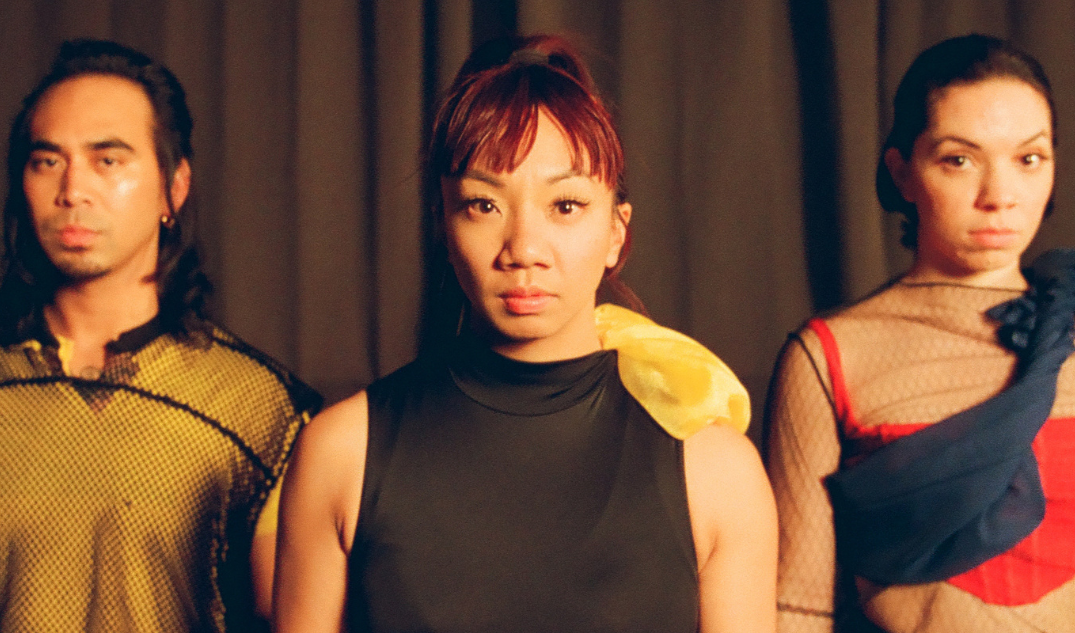
Edrian Pangilinan (he/him)
1. Tell us about your history with dance, performance, and/or your film and art practice. How has it influenced your voice as an artist?
Hi, my name is Edrian Pangilinan. My overall dance + film journey very much started locally here in San Diego in the year 2006 when I was a middle schooler at San Diego School of Creative Performing Arts (GOD BLESS THAT SCHOOL!) Being a student then + there has allowed me to experience different kinds of arts at such a young age (and all for free!)
My throughline to dance was actually a very funny story- it involved me as a 14 year-old not wanting to burn in the sun being in P.E from the previous year, so I had this crazy idea to try dance as an elective and believe it or not, I was really scared. But I am so grateful that as such a young age, I was able to make certain decisions for myself that changed the overall trajectory of my life for the better. At some point, being a dedicated dance student helped saved my life…
With film, it started a year later in 2007 – as an avid fashion reality show viewer like ANTM, Project Runway and all of the things PLUS my overall involvement with the beginning years of Youtube – I was super inspired to learn the art of editing (YES, it took me two summers because it was that hard). Eventually, I was able to get super comfortable with it as a self-taught which lead me some years later to finally making my own films as an overall response to the lack of representation in LGBTQ+ films I was watching then.
Being able to have these experiences at such young age has really allowed me to have such an authentic and pure relationship with these crafts versus it coming from a competitive space. This is why, I will forever be grateful not only to my time, mentors and friends at SDSCPA but also for spaces that provide the arts for very little to no-cost for those like myself. Now, it’s been 18 years and I can proudly say that I am a working + practicing artist 🙂
2. Can you tell us about your piece for this year’s QMF?
YES – IKAW/AKO (A Story of Us) is a dance film PSA for Disco Riot’s upcoming “Move American” 2024 series. This also serves as my first commissioned work as a director + lead artist. I am very honored that I got to embark on this journey with my very own humble community of Fil-Am folx + dear friends/collaborators, “THE FILAM FILM COLLECTIVE”. A collective which was started with much love and passion back in 2020 at the very cusp of the global pandemic. I will always be forever grateful that my co-founder Trixi Anne Agyao had trusted me so much with this beautiful opportunity along with our other friend Marissa Roxas to start something that has now grown into something much bigger than what we ever initially started.
This dance piece includes three of my most favorite collaborators + dear friends, Trixi Anne Agyao, Earl Paus and Laray Egea-Saez who has all served on my projects at some points especially when I was just starting. So it truly means a lot to be able to have them all come together and join forces in my first commissioned work (though their schedules were absolutely hard to work with initially, LOL!)
Lastly, “IKAW/AKO” (A Story of US) serves as a reflection of my overall journey in my desire to find a community to just ultimately belong in for as long as I can remember whether it be from dance, arts, personal and etc. I wanted to highlight the power that community can give to an individual when they are able to feel seen and heard. Throughout the different moments of my life, I’ve been able to experience to ultimately creating my own via “THE FILAM FILM COLLECTIVE”
3. What are your hopes and dreams for the future dance scene in San Diego and beyond?
As a long time community member (WOW TIME FLIES!) through all of the good and bad times, the only thing I’d really want to share is to enjoy the process and the journey as much as you can because you really never know the real impact of the people you’ll meet along the way and the influence these experience will have in your life. My community now, consists both of long time friends and newcomers and it is so nice to have a little bit of both because those that know me from when I was younger, will always remember me as a young and ambitious little one. Now, through time, it’s very lovely to be able look back at how far I’ve actually come through staying persistent, passionate and ultimately, resilient.
4. Anything else you’d like us to share about you or your art with the DISCO RIOT community?
Besides all of the endless gratitude for the opportunities y’all have given us in the past. I kindly want to leave with this quote that came up during the planning stages for the project.
“You are never alone, too small or weak. Find your community of people who will inspire and uplift you to be a better person and ultimately make the world a better place.” – Edrian
Instagram: @thefilamfilmcollective @clockhandstudios @edrianpenguino @lizfriday__ @earlando_engkanto

